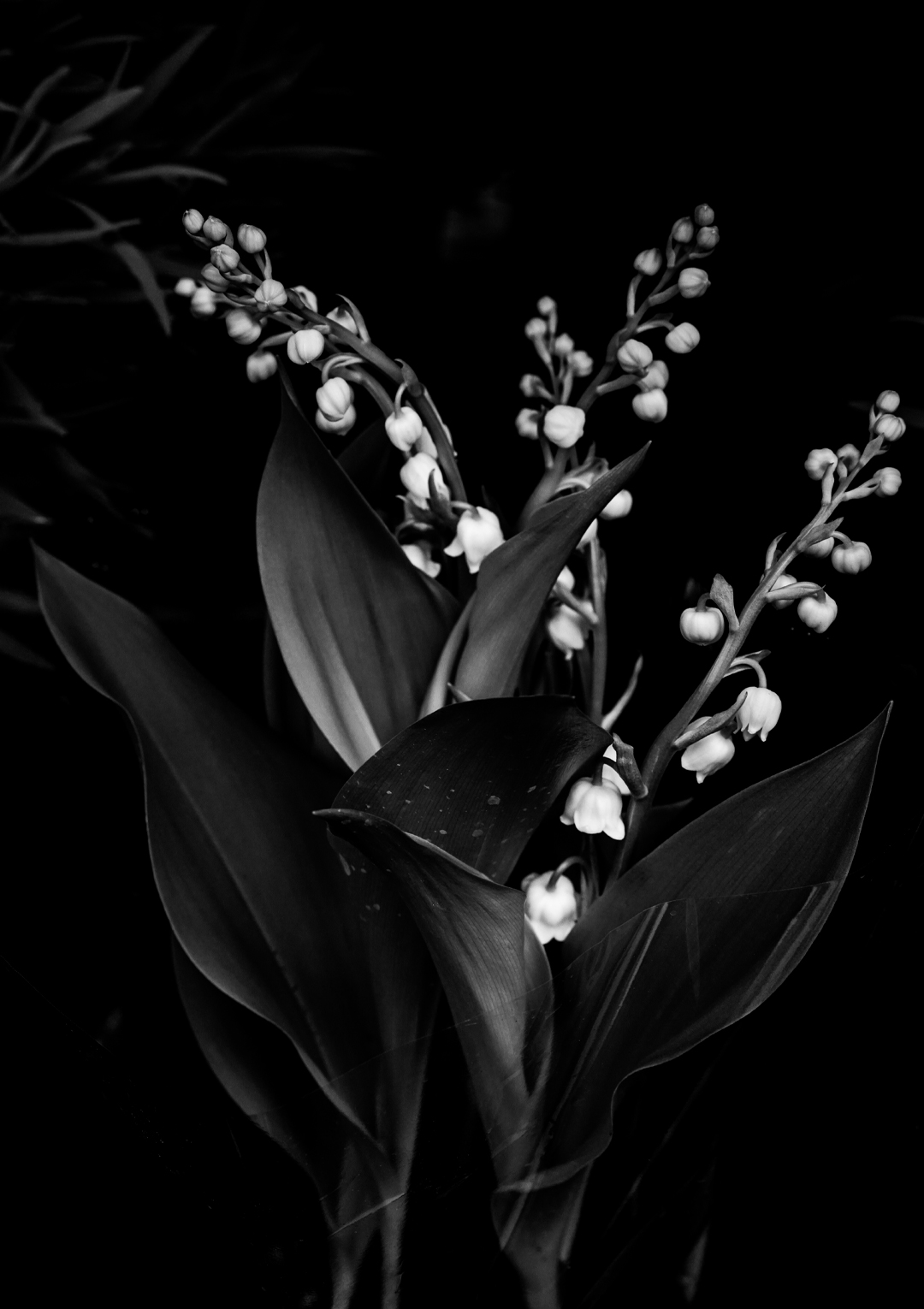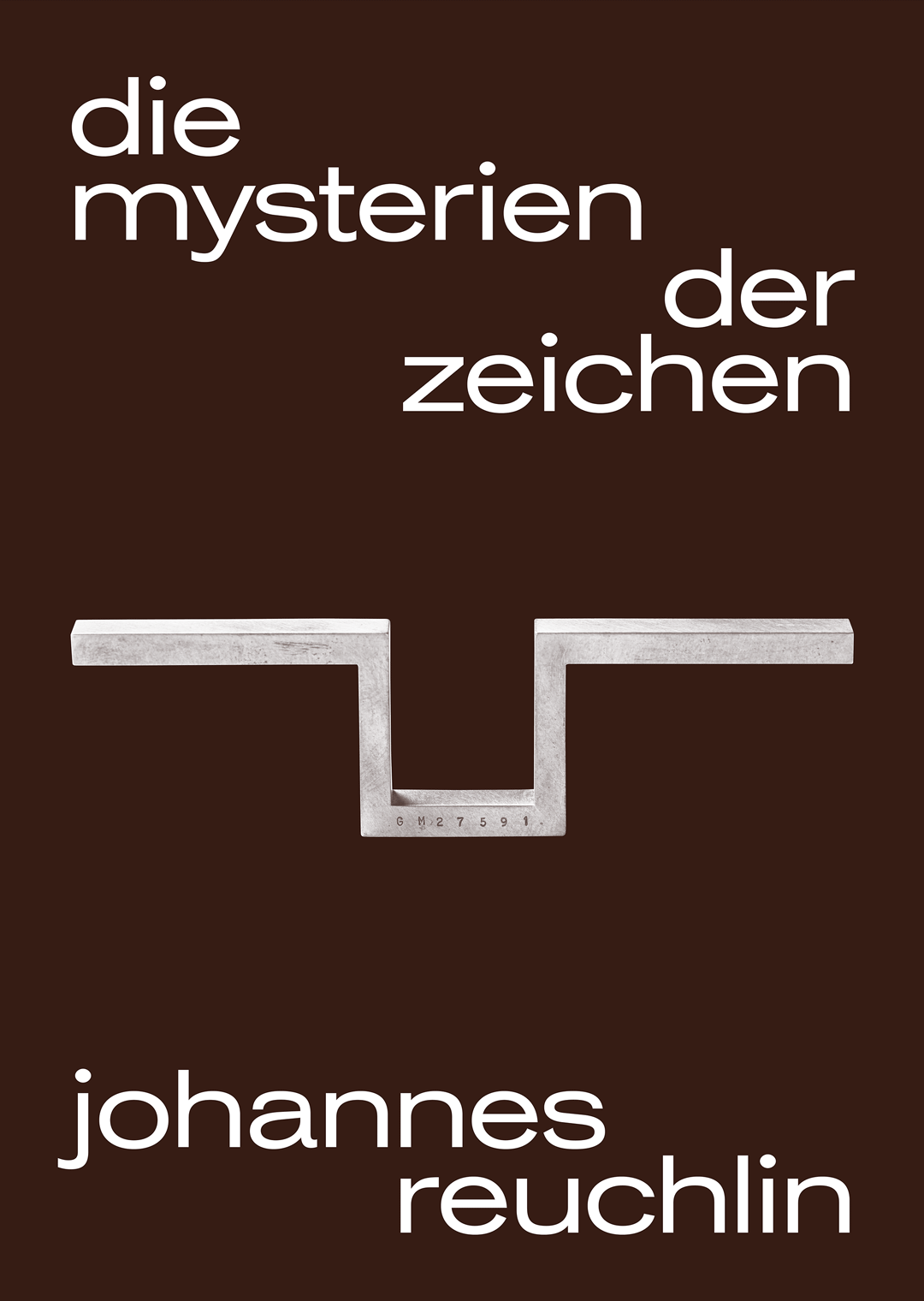In the “Lightcatcher” studio of Kurt Moser and Barbara Holzknecht, the highly detailed ornamental material structure of the small (4.5 cm) piece of jewelry was captured using the high-contrast visual language of ambrotype. This centuries-old imaging process allows the technical perfection and creative sophistication of the earring to be experienced in a new and unique way.
The Lightcatchers spent days preparing their self-made corridor camera before capturing the Etruscan ear disc on a 70 by 90 centimeter black glass plate using this complicated and temperamental process. They literally found themselves inside their self-made camera. “The masterpiece of antique goldsmiths is now immortalized on an ambrotype,” says museum director Cornelie Holzach.
This work will be unveiled on International Museum Day, Sunday, May 21, at 11:30 a.m. in the historical collection of the Schmuckmuseum Pforzheim, where the Etruscan original is also on display.
The ambrotype is a unique and non-reproducible technique. With this method from 1850, light paintings are created on black glass plates. The characteristic black and silver images are sharp and emphasize every detail, making it particularly suitable for the extremely precise ornamental jewelry of the Etruscans, whose surface is covered with tiny gold balls. These globules form the structure of the entire ornamentation and are as small as dust grains. This technique, known as granulation, was unrivaled during the time of the Etruscans, around 600 BC.



